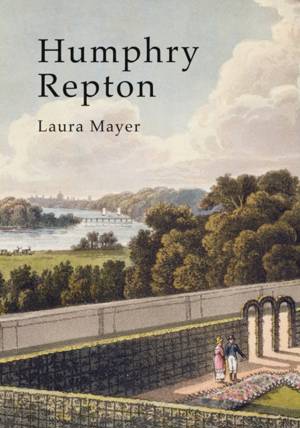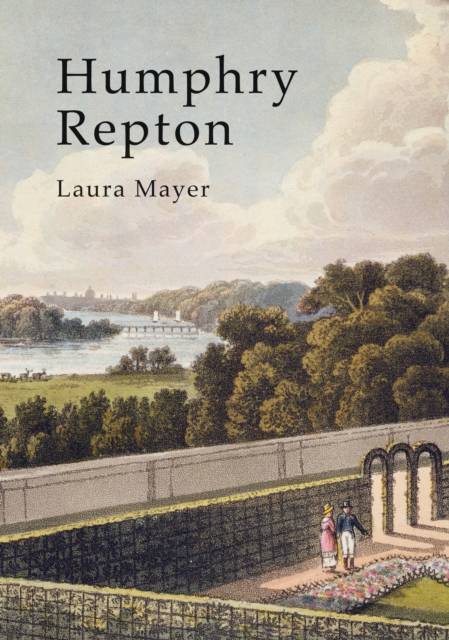
- Afhalen na 1 uur in een winkel met voorraad
- Gratis thuislevering in België vanaf € 30
- Ruim aanbod met 7 miljoen producten
- Afhalen na 1 uur in een winkel met voorraad
- Gratis thuislevering in België vanaf € 30
- Ruim aanbod met 7 miljoen producten
Zoeken
Omschrijving
Humphry Repton (1752-1818) ambitiously styled himself Capability Brown's successor; the century's next great improver of landed property. He believed that the art of laying out grounds could only be achieved by 'the united powers of the landscape painter and the practical gardener', and ingeniously combined his knowledge of farming with a talent for topographical sketching. Over thirty years Repton amassed an incredible four hundred commissions, capitalizing on the whims of the fashion-conscious upper classes left rudderless after Brown's death. Sensitive and snobbish, Repton's ambitions were twofold. He sought to ingratiate himself among the aristocracy, whilst simultaneously raising the status of his adopted profession. Consequently his famous Red Books, illustrated to help clients visualize the potential of their estates, also encouraged an appreciation of landscape aesthetics. This book looks at Repton's theoretic principles and how they underpin his landscape gardening. By detailed site investigations, it traces his approach to landscape design from Picturesque wildernesses like Blaise Castle, Bristol, to the progressive Gardenesque style of Wanstead House in Greater London.
Specificaties
Betrokkenen
- Auteur(s):
- Uitgeverij:
Inhoud
- Aantal bladzijden:
- 64
- Taal:
- Engels
- Reeks:
Eigenschappen
- Productcode (EAN):
- 9780747812944
- Verschijningsdatum:
- 17/06/2014
- Uitvoering:
- Paperback
- Formaat:
- Trade paperback (VS)
- Afmetingen:
- 122 mm x 201 mm
- Gewicht:
- 145 g

Alleen bij Standaard Boekhandel
+ 23 punten op je klantenkaart van Standaard Boekhandel
Beoordelingen
We publiceren alleen reviews die voldoen aan de voorwaarden voor reviews. Bekijk onze voorwaarden voor reviews.











